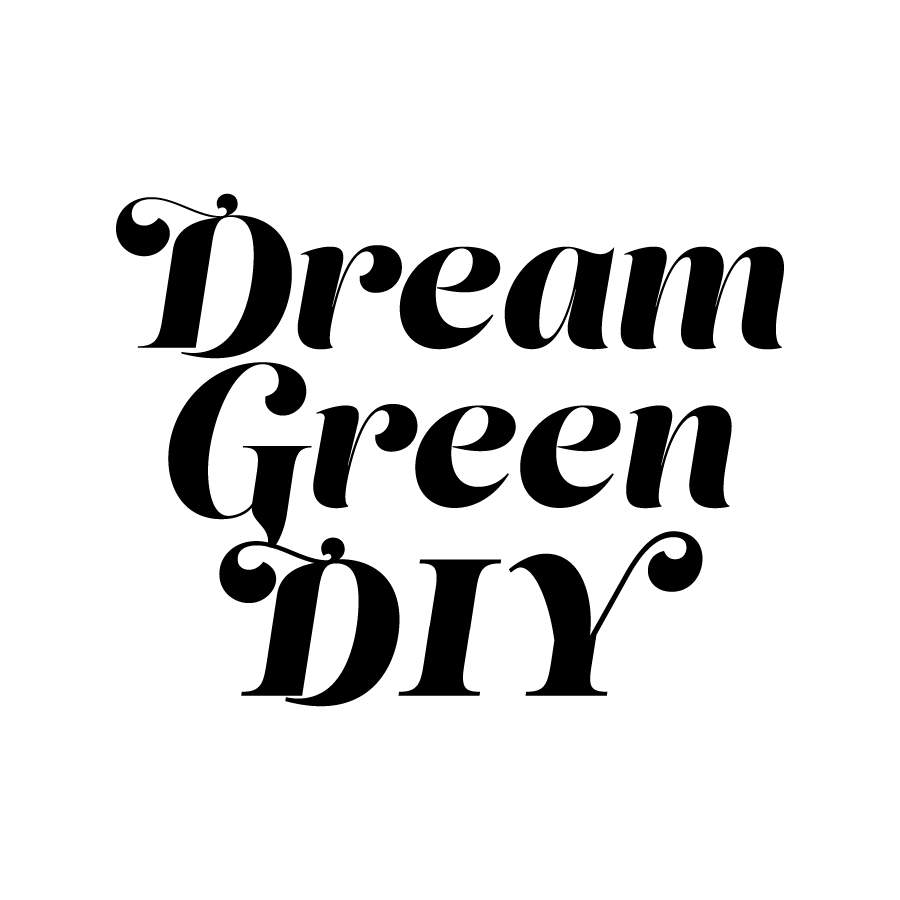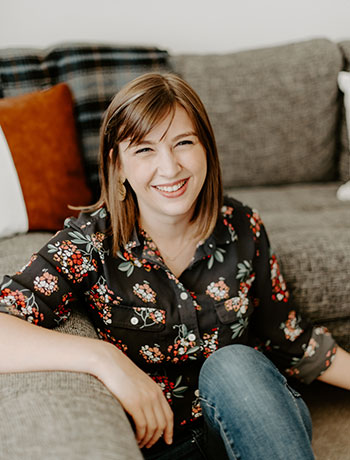Get ready – This post is a doozy of photos…
As revealed Monday, we have finally (and I mean F-I-N-A-L-L-Y) started our long-awaited kitchen overhaul. Goodbye peachy white-washed cabinets that clash so so soooo badly against the tan walls. Goodbye blah hardware. Helloooo to a countertop that finally has some character against newly painted, dark espresso wood cabinets. We finally had all our water damage problems taken care of thanks to Blackmon Mooring Houston. This problem set our renovation of the kitchen back at least a week.
(Oh, please try to ignore that one drawer without his “front” – We detached it and took it with us to Lowe’s so that their paint experts could look at it and recommend primer and paint, etc. He has since been redressed, if you will.)
A year has quickly come and gone and upon realizing that our anniversary is in two weeks, John and I decided to knock this mega project out. Armed with an incredibly detailed plan laid out by day (put together by John, which I will definitely share on Friday because it’s just too precious) and motivated by plans to make a fancy meal in our brand new kitchen for our anniversary, we got down to business.
Be prepared though. I wasn’t lying when I said this post was going to be picture-laden. I think to the tune of about 24 or so. But I’m a visual learner, and for all of you out there like me I wanted to be nothing if not thorough in my use of visuals as we journey through this project.
First step: Remove the doors. A few turns of my screwdriver, and we had one door at a time laid out and ready for prepping. As I took each door down, I marked two tiny pieces of masking tape with a number and then stuck one to the door’s hinge and the other just inside the frame. This is my way of telling where the doors go when it’s time to rehang them.
You can see the pile of detached doors I made in the middle of the kitchen in the photo above (to the right of the island). Once done, John carried them down to the garage where we planned to sand, prep, prime and paint them over the next week and a half.
Next, it was time for sanding. This step ended up being a bit of a doozy and the part where John almost threw his hands up in the air and gave up (I don’t blame him).
The cunundrum? Sanding involves particles and debris. Lots of it. It’s a big ole’ mess. And when you are working in a kitchen on a frame that is not removable, things get even trickier because no one wants sanding dust in their crackers, cereal, water glass or dinner plate. So we had two choices: Remove everything from the cabinets or do our best to cover everything with a sheet or towel to mask it from the dust. In the end, we decided upon the former option and took everything out of the cabinets.
It wasn’t a walk in the park since we were essentially moving entirely out of our kitchen, but it did make things simpler in the long run – I did not relish the idea of wrestling with sheets and drop cloths which may still douse our food and dishes with debris when removed. Plus, I had the perfect opportunity to lay down nice cabinet paper on the shelves and purge the expired stuff lurking in the back of cabinets going unnoticed.
So where did it all go? We packed it on top of and underneath the kitchen table (covering that with a big sheet), in the laundry room, down the hallway to the living room and also into the living room itself.
Once we got to the final two cabinets, both on ground level, we sort of ran out of juice…We didn’t have any more boxes to cart stuff into other rooms and who really cares about dusty cleaning products anyway?? So we did end up covering those two with drop cloths. But after cleaning up, all is well and mostly dust free.
So close to being ready to sand…But not yet.
Before we got to that point, we needed to remove all of the hardware from the doors and drawer fronts and then putty the holes in the drawer fronts with wood filler. We decided not to fill the holes in the cabinet doors because we can use the existing holes for the new hardware. We’ll just drill an extra hole for the new pulls since they have two “arms” whereas the old pulls only had one. But the old pulls on the drawer fronts were centered – Not good. The best way I can think of to explain this is to say that the old hole situation was more like a cyclops with one centered eye, but we needed two eyes. Thus, we filled the holes in the drawers and will drill two fresh holes later on after painting.

To do the wood filling, I squeezed a bit of wood filler int0 the vacant hole and then troweled it on a few times with a…well a trowel. I left a bit of access over the hole to be sanded down once it was dried (recommended drying time was about twenty minutes but I think we waited more like an hour to make sure it was good and dry).
We picked up a tube of tinted wood filler (“golden oak” if you’re curious), but we didn’t really need it to be tinted since it was going to be painted over. There was no difference in cost between the tinted vs. non-tinted, so we just grabbed the first one we saw.
NOW we were finally ready for sanding. John did the bulk of the work here. Well, he really did all of it. But in my defense, we only had one Mouse hand sander and this is more of a man’s job anyway. Don’t worry, I got my payback because most of the painting phase has fallen to me. Look at that boy go to town on the cabinets!!! In his hillbilly camo hat and $2 t-shirt from Wal Mart…Just have to smile.
After a couple hours of listening to the blare of the sander go on and off, the damage was finally done. Time for clean up! As you can see, we had quite a mess to deal with on the counters.
It was as good a time as any for a deep clean of the kitchen anyway, so we vaccummed, scrubbed, disinfected and swept until all was sparkly again.
The very last thing we needed to do that day was get rid of the grit on the wood left behind from the sander. We don’t want all of the sanding debris getting mixed up in our paint. So we picked up four packages of tack cloths at Lowe’s and I simply followed the directions on the packet (unfold cloth entirely and then bunch up) and proceeded to wipe down every nook and cranny on the frame/casing and doors.
Like I said, I initially bought four packs of the tack cloths (each came with two cloths), but only used one of the packs. I had no clue how much I’d use so I over-bought, thinking I would later save myself the trip back out when I needed more. I actually did that with the primer too, picking up two gallons of it. I’m sure I’ll have a lot to return, which is good news! I plan on giving a full budget/cost breakdown sometime next week.
I have to say that, despite all the tedious priming I did Sunday (to be shared in detail on Friday) the tack cloth is so far my least favorite part of this project. The cloth is so sticky and yucky, it was hard to even muster the will to finish that phase. Thank goodness it’s all done and I can happily return those extra tack cloths with a big smile on my face.
I could show you a full-room view of the space post-sand-down, but honestly…You wouldn’t see a difference. Since the cabinets were already light colored, the sanding didn’t really do anything to the look of the cabinets besides take down the sheen. But it did what it needed to in order to prep the surface for paint. Everything was rough and matte to the touch – Perfect for paint to “grab” onto.
So there you have it! An entire day’s labor to prep the space. Unfortunately, I can’t tell you that this project has been easy, but having already put two coats of the final dark brown color on the island, I KNOW that the payoff and hard work will be worth it in the end. I have no doubt that one day soon John will come in from walking the dog and find me sitting on the kitchen floor just gazing at our rich, dark cabinets in happiness…
Come back on Friday for a rundown on the priming process! We’ll be painting the second coat of brown on the cabinet doors tonight after work…Wish us luck and strength to get through it!

























